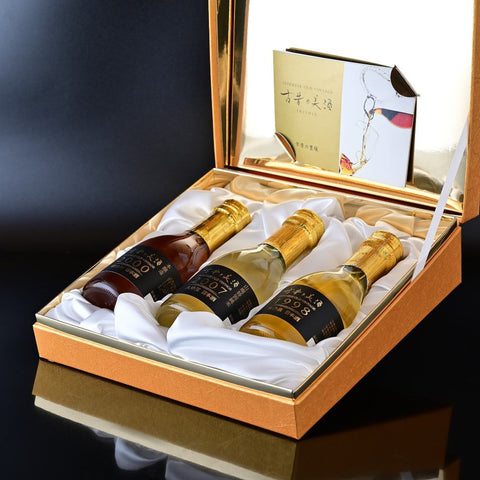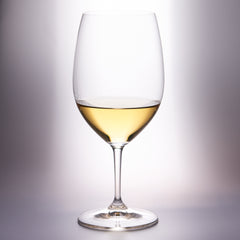Autumn is the season of fruitfulness. The trees are brightly colored and the branches bear large fruits. The rice fields are all golden yellow, and the ears of rice are swollen and eagerly awaiting harvest.
This time, we would like to introduce aged sake and aged shochu made with rice.
Sake from a sake brewery that uses local rice that takes advantage of the local climate

"Ancient fertility"
``Kojo no Toyoho'' is a set of aged sake made with local rice. Although each sake brewery is located in a different region, each sake is a masterpiece made with carefully selected rice .
The mellow aroma created by aging has been recommended to Western liquor lovers . We would like to introduce three brands that are included in "Ancient Abundance" based on feedback from actual customers.
<Brand introduction>
"2007 Kusudama"

Alcohol content 18 degrees or more and less than 19 degrees Storage in tank at room temperature
| Kusudama (2007) has a pleasant aroma of nuts, spices, a little mushroom, and even a sweet aroma of ripe fruit. The moment I received it, I felt it was powerful and had a high alcohol content. However, if you pour it into a wine glass and let it sit for a while, it becomes very mellow. It was a surprising change. I had it with the conger eel box sushi. |
"1998 Village Fountain"

Raw material rice: Chiyonishiki
Rice polishing ratio 65%
Alcohol content 19%
12℃ low temperature storage
|
Sato no Izumi (1998) was mellow from the start. As expected, it has been aged for over 20 years. |
"2000 Asahi River"

Alcohol content 19 degrees or more and less than 20 degrees Stored in tank at room temperature
| Asahigawa (2000) has a sour taste and aromas like caramel and chocolate, almost like a Western liquor . It reminded me a little of American licorice candy (Spanish licorice candy). It has a very distinctive and complex flavor. I think it would go well with almonds with skin or bitter chocolate. |
Enjoy the sweetness and aroma of rice with mellow aged rice shochu

"Rice Dew"
A gift set of aged shochu, ``Kome no Dew.'' One drop of rice dew that comes out when moromi is distilled. You can taste and compare these carefully bottled rice shochu spirits. Although the alcohol content is over 40%, we have succeeded in creating a mellow taste through aging.
<Brand introduction>
"2002 Kuromatsu Okina"

Main ingredient: Koshihikari
Koji: Rice malt
Distillation method: reduced pressure
Alcohol content 44% or more but less than 45%
Room temperature tank storage
Morimoto brews sake and rice shochu in Iga, Mie, the land of the Ise Grand Shrine. They value local rice and are involved in its cultivation from the beginning, and continue to produce soft, rounded sake that matches Iga's climate and food culture . The name ``Okina'' (Okina) in the name symbolizes the wishes for national peace, abundant harvest, peace and peace, and happiness for all people.
"2004 Zuitaka"

Honkoku rice shochu Main raw material: Rice malt: Rice malt Distillation method: Normal pressure Alcohol content: 42 degrees Tank storage at room temperature
~ Brewery: Mizutaka Founded in 1867, Kumamoto City, Kumamoto Prefecture ~
The sake ginjo yeast ``Kyokai No. 9,'' which is now commonly used, was developed in Kumamoto. Southern Kyushu is a shochu region, but the reason Kumamoto has so many sake breweries can be traced back to Zuitaka, which was founded with the idea of ``creating the first sake in Kumamoto.'' Shochu, sake, and red sake are all brewed with roots in Kumamoto's climate.
☆Sommelier's tasting comments☆
A 100% rice distilled liquor that pursues the original taste of rice shochu . It is characterized by its rich aroma and mellow mouthfeel, produced by long-term aging of high-concentration unblended sake that is distilled under normal pressure without adding extra pressure.
“2016 Dew on the Bunch”

Rice is essential for making sake and rice shochu. How about savoring the sake brewery's carefully crafted aged sake and the flavors of autumn?
You can purchase ``Ancient Harvest'' and ``Rice Dew'' here.







